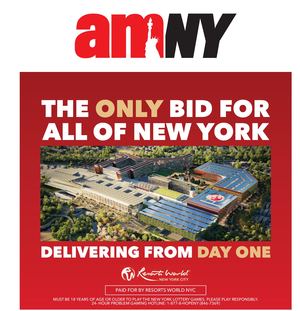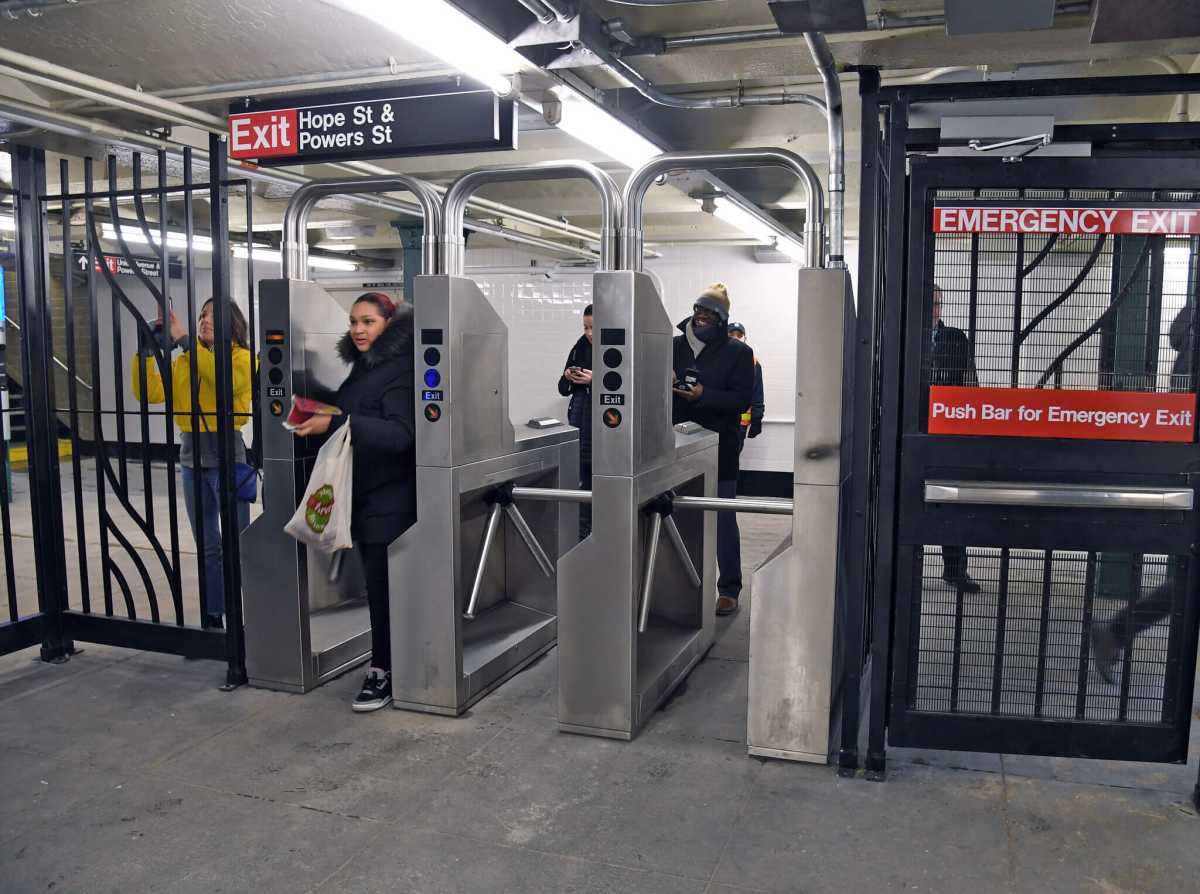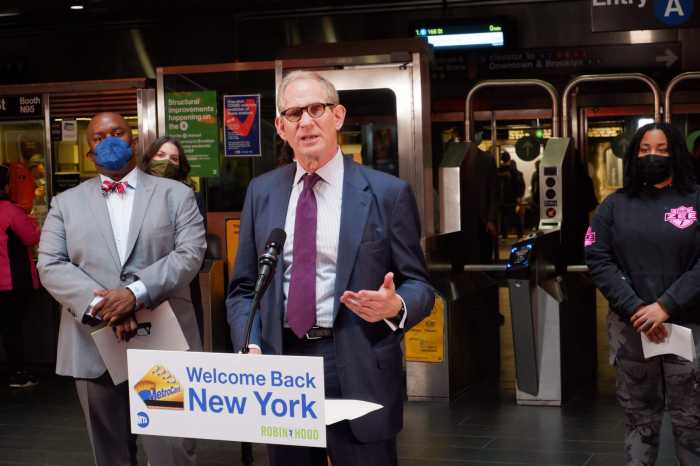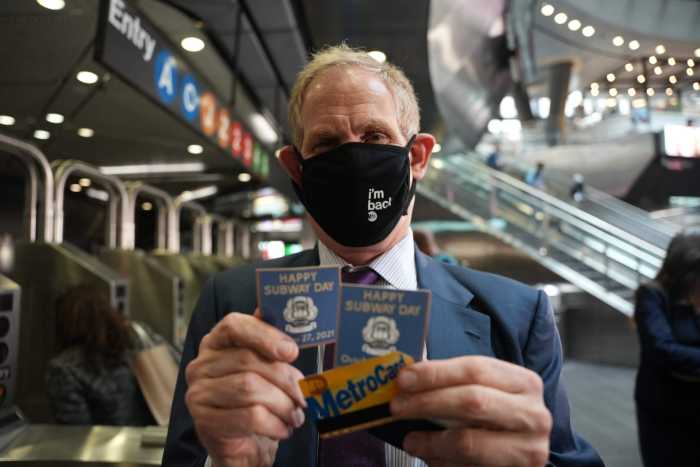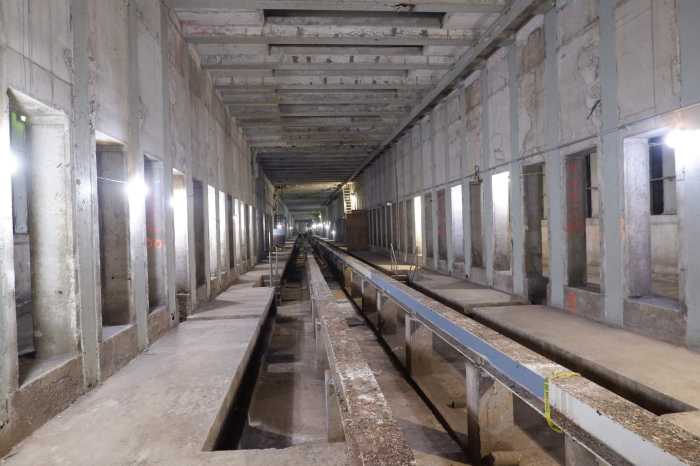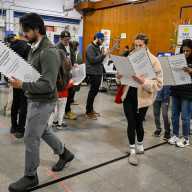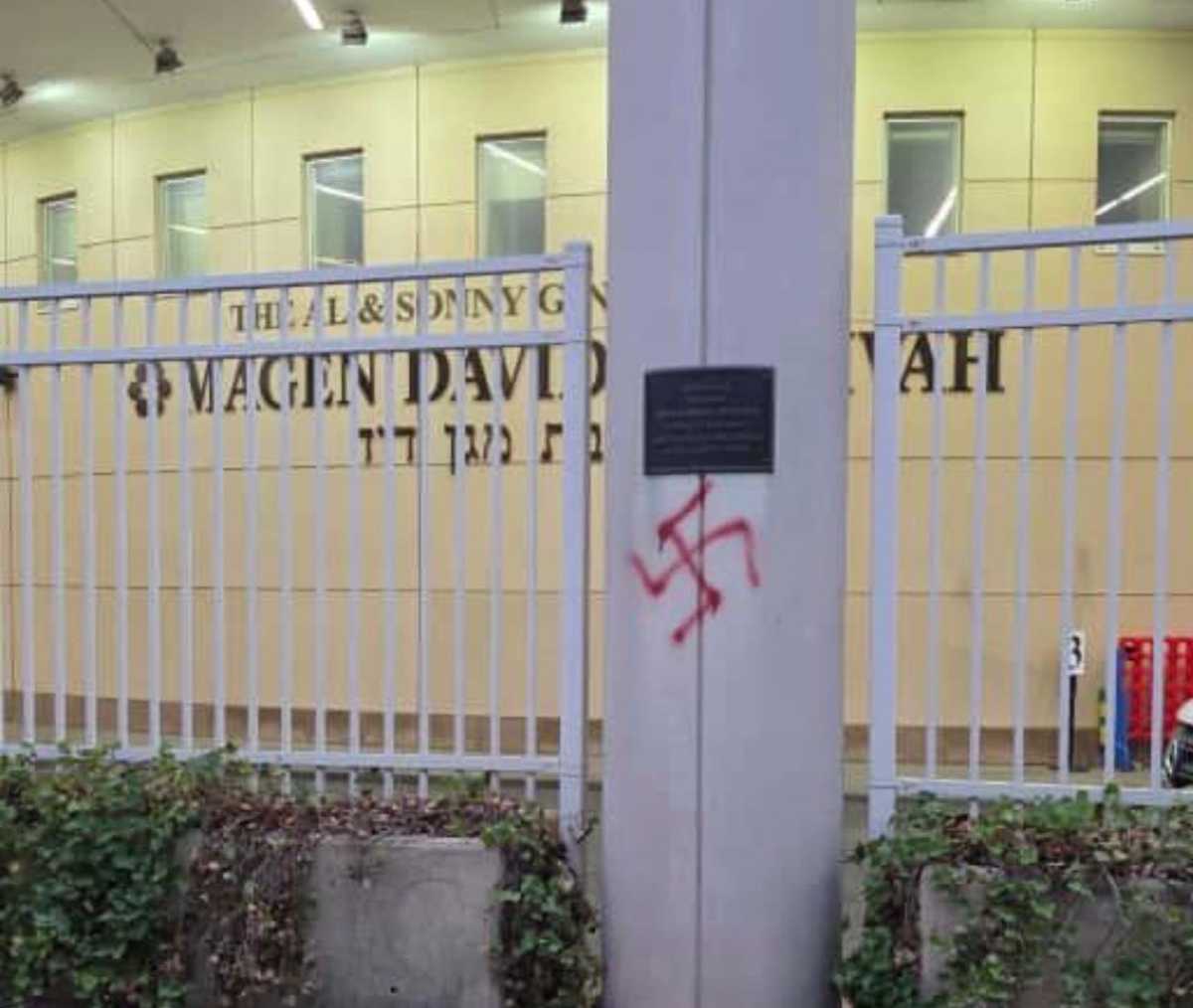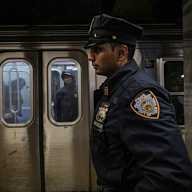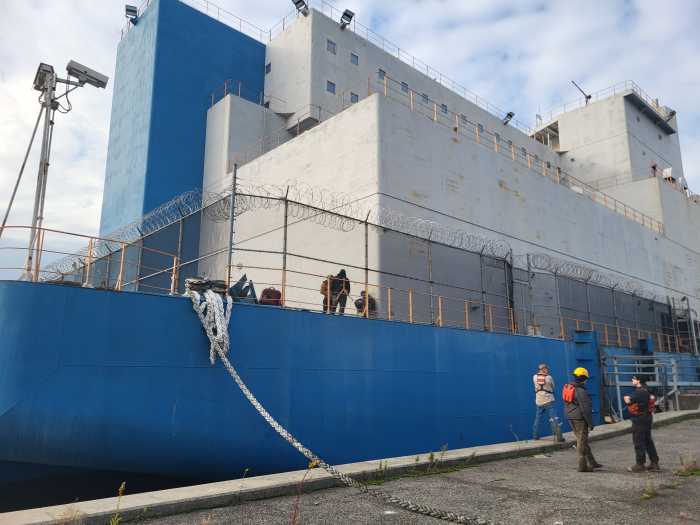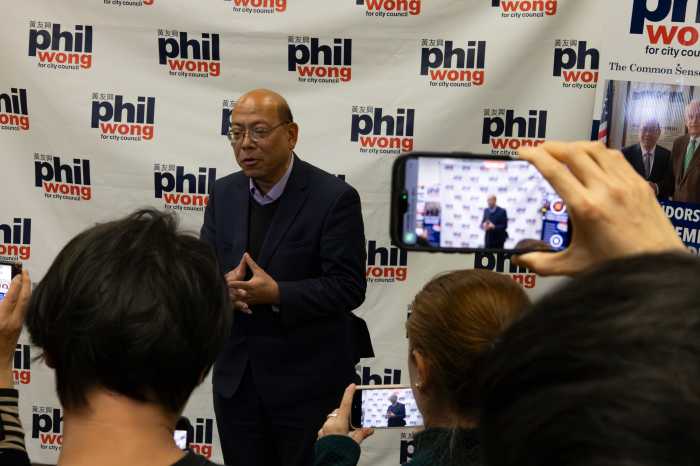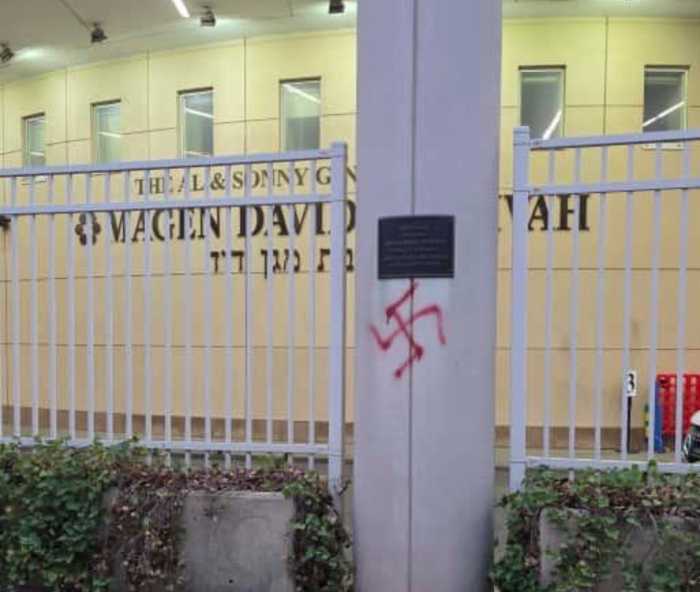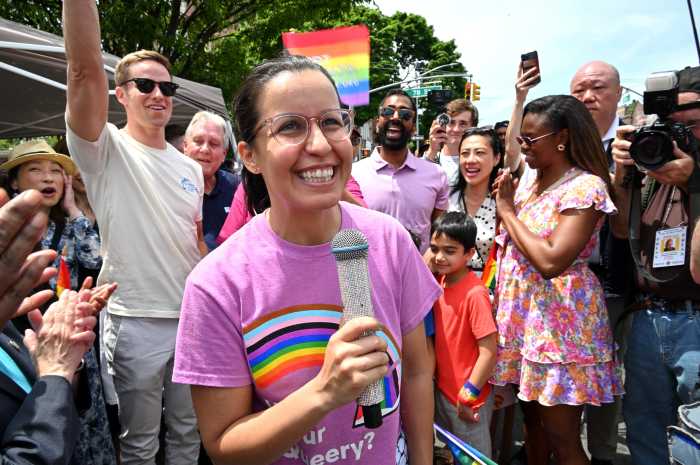The MTA is contemplating a redesign of the subway turnstile to deter what it calls rampant fare evasion costing the cash-strapped agency hundreds of millions of dollars annually.
In a Tuesday radio interview, Lieber said that the subway fare gate is “too porous” and makes it easy for anyone to board a train without paying.
“The turnstiles, frankly, it seems like we’re trying to cultivate a generation of world-class gymnasts,” Lieber told Brigitte Quinn of 1010 WINS. “Because you can just put your hands on the side and vault over them. We’ve gotta deal with that, whether it’s raising the height or changing the design so it’s not so easy for people to vault.”
Metro systems in other cities like San Francisco, Washington DC, and London have adopted automated fare gates that open from the center out, and only if a fare is paid. The gates are significantly harder to hop than the low, spinning turnstile used in New York.
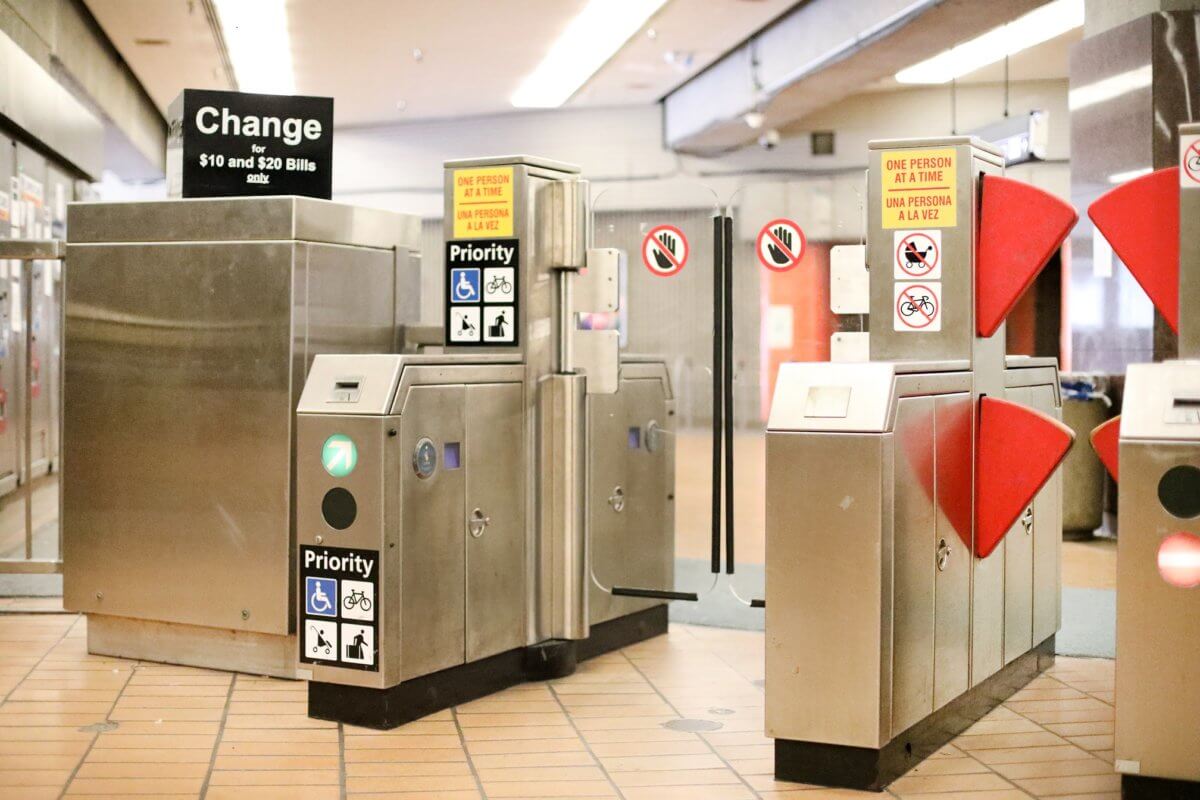
The emergency exit gate, meanwhile, has become a “superhighway for fare evasion,” with one ne’er-do-well who opens the gate enabling scores of straphangers to waltz onto the subway platform without shelling out the requisite $2.75.
“One person goes in, sometimes they jump the turnstile, and they pop the gate open for 5, 10, 15 people. We’ve all seen it,” Lieber said. “And it is demoralizing, it is destructive to the sense of fairness and fair play that animates New York … and it’s also contributing to the sense of disorder in the system.”
Earlier this year, the MTA formed a “blue ribbon” panel tasked with devising a plan for the agency to combat fare evasion, which Lieber says costs the agency an estimated $500 million annually. The panel is expected to release its findings by the end of this year.
That $500 million is not chump change, especially given the authority’s grim fiscal outlook. The agency’s preliminary 2023 financial plan, released last month, calls for an 11% increase in transit fares over the next three years, potentially raising the price of a subway or bus ride to $3.05 by 2025. The agency is also engaged in a major cost-cutting effort to bring down its operating expenditures as ridership stagnates at about 60% of pre-pandemic levels, and billions of dollars in federal aid runs dry.
Even with that in mind, the MTA still needs another $600 million in new revenue to materialize by next year to plug its budget deficit, and new cash sources going forward as projected ridership remains below 2019 benchmarks.
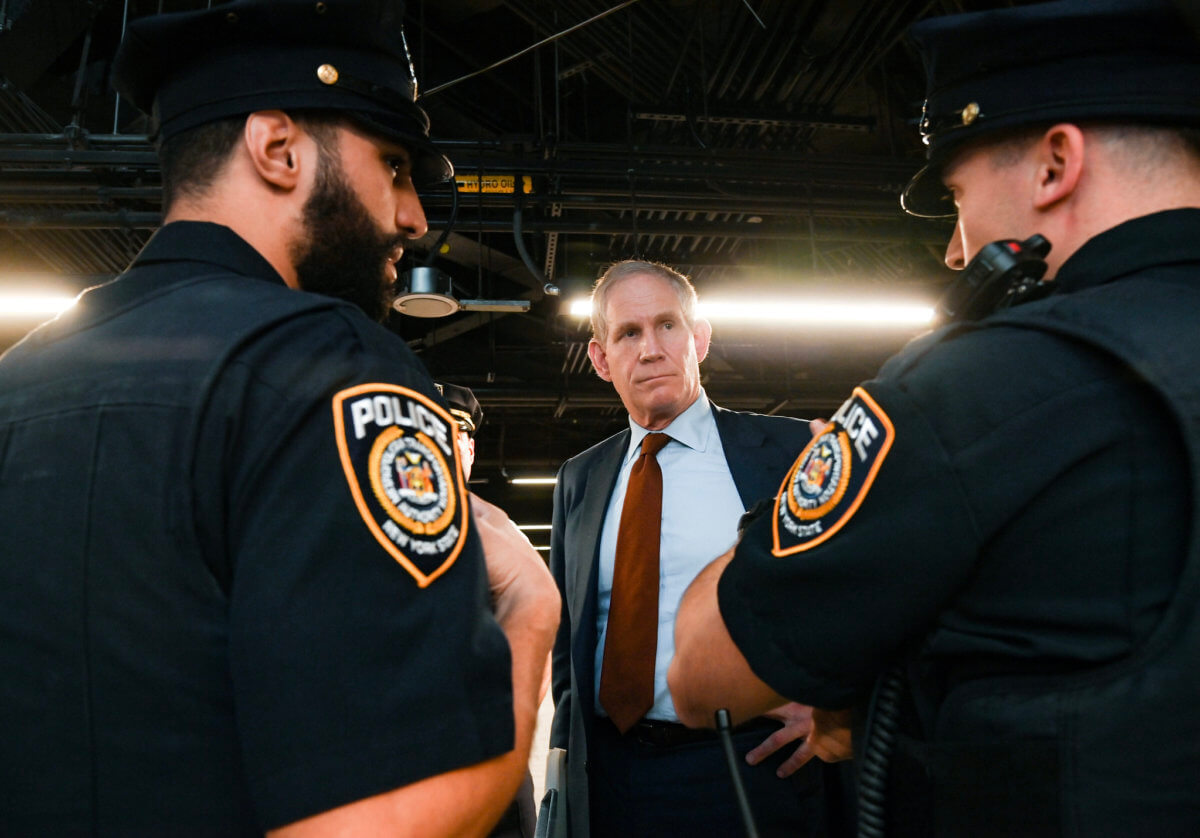
Fare evasion arrests soar
Police presence has surged underground since a particularly gruesome month of October in the subway system. The surge in cops, frequently announced over the intercom to straphangers by train crews, has been accompanied by the deployment of unarmed guards at fare arrays intended to deter would-be turnstile jumpers.
Arrests and summonses for fare evasion have skyrocketed since the October surge; Lieber told 1010 WINS arrests are up by 100% and summonses up 60% over last year.
But advocates have long decried fare evasion enforcement as racially targeted and irrelevant to public safety. While Lieber excoriated well-to-do fare evaders in “business suits” or carrying lattes on the radio, the NYPD’s most recent fare evasion data, from the third quarter of 2022, shows 94% of fare evasion arrests were against Black and Latino riders.
The gate guard pilot at certain stations has suggested the security expenditures could pay for themselves, the chair said, with the savings from having fewer turnstile jumpers.
But at the end of the day, he says it’s not even about the money, but the principle.
“It’s not just that it’s costing the MTA money,” Lieber said. “When a hard-working person swipes their MetroCard or taps their OMNY, and they see 10 people go by them through the gate, it makes you feel like a sucker. And I don’t want that to be the vibe of the subway system.”
